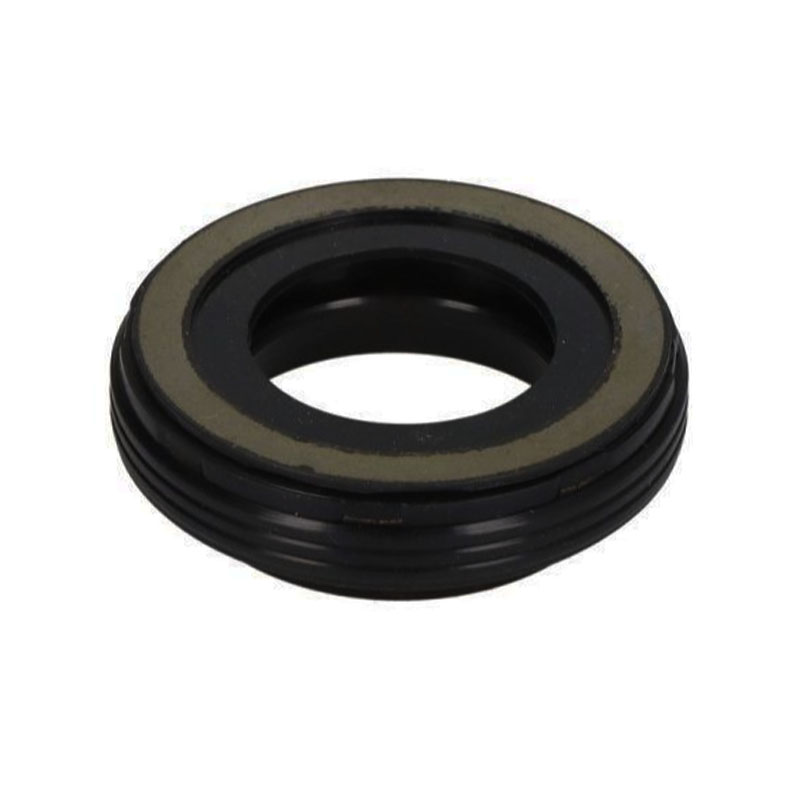oil sump gasket


Installation is another critical aspect when it comes to oil sump gaskets. An improperly fitted gasket can lead to leaks, regardless of its quality. Therefore, meticulous attention to the torque specifications outlined by the vehicle manufacturer is paramount. Many professional mechanics recommend replacing the gasket any time the oil pan is removed since gaskets can become brittle over time and lose their effectiveness. The mating surfaces must be clean and free of debris to ensure a secure fit. Proper use of a high-quality sealant can also enhance the gasket's sealing capability, but it should be applied conservatively since excess sealant can break off and contaminate the engine oil. A well-maintained oil sump gasket not only ensures zero oil leaks but also contributes positively to the overall health of an engine. Car owners are advised to regularly inspect for signs of oil leaks beneath the vehicle, as these are often the first indicators of a failing gasket. If any leaks are detected, it is wise to address the issue promptly to avoid further complications. The role of an oil sump gasket in maintaining the efficient operation of an engine underscores its importance in vehicle maintenance. Automotive professionals and DIY enthusiasts who prioritize high-quality components and proper installation can expect improved performance and longevity from their vehicles. Trustworthy suppliers and quality materials are indispensable, whether one resorts to an OEM product or a well-engineered aftermarket solution. Ultimately, attention to detail and a commitment to doing the job right the first time can save time, resources, and provide peace of mind.
-
Understanding the Front Main Engine Seal: Purpose, Maintenance, and Installation
News Jul.29,2025
-
Understanding O-Rings and Seal Rings: Types, Applications, and Custom Solutions
News Jul.29,2025
-
Understanding Crankshaft Oil Seals: Rear Seals, Pulley Seals, and Their Role in Engine Integrity
News Jul.29,2025
-
The Importance of Front and Rear Crankshaft Seals in Engine Performance and Oil Management
News Jul.29,2025
-
Crank Oil Seals: Functions, Types, and Cost Considerations in Engine Maintenance
News Jul.29,2025
-
A Comprehensive Guide to O-Rings and Seals: Types, Materials, and Global Applications
News Jul.29,2025
-
Mastering Diesel and Performance Engine Maintenance: A Guide to Critical Oil Gaskets
News Jul.28,2025
Products categories















